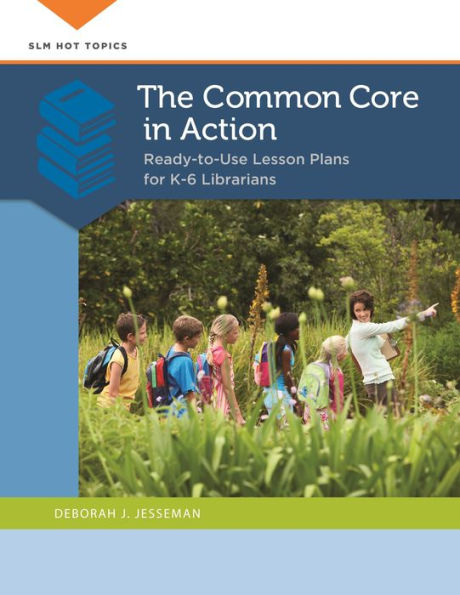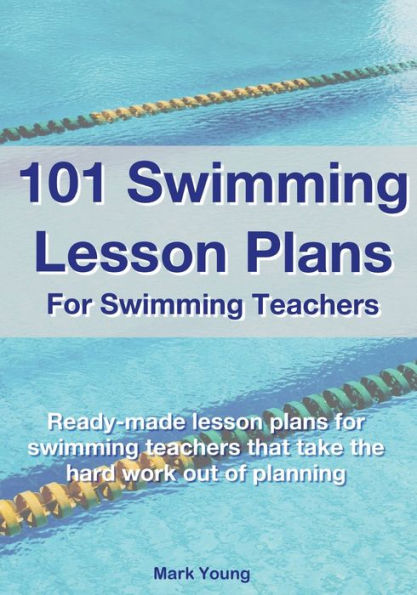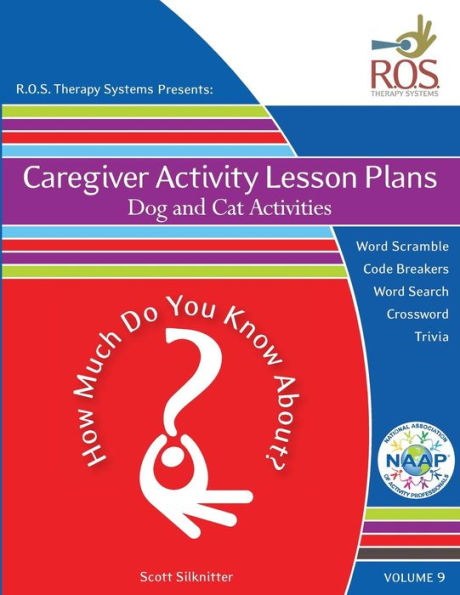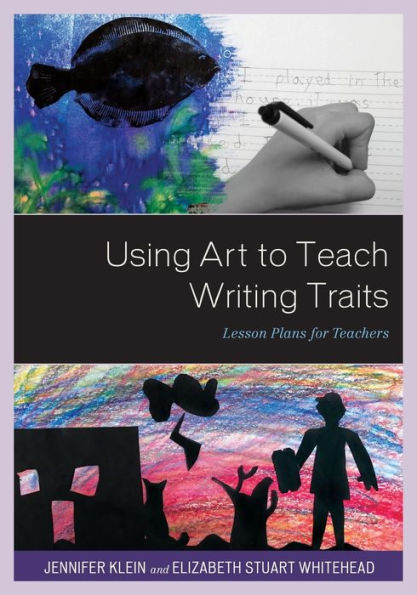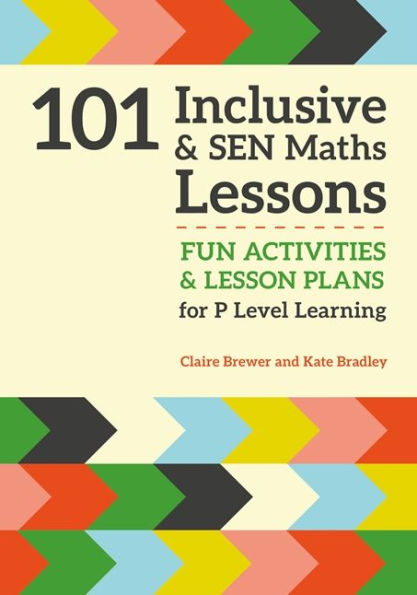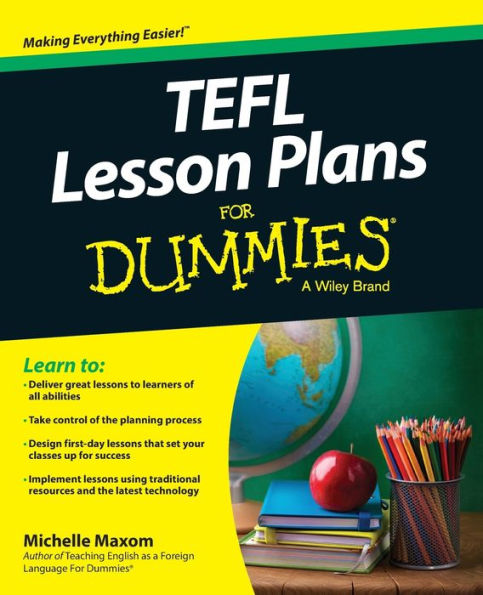Home
Introducing Scholarly Research: Ready-to-Use Lesson Plans and Activities for Undergraduates
Barnes and Noble
Loading Inventory...
Introducing Scholarly Research: Ready-to-Use Lesson Plans and Activities for Undergraduates in Bloomington, MN
Current price: $59.99

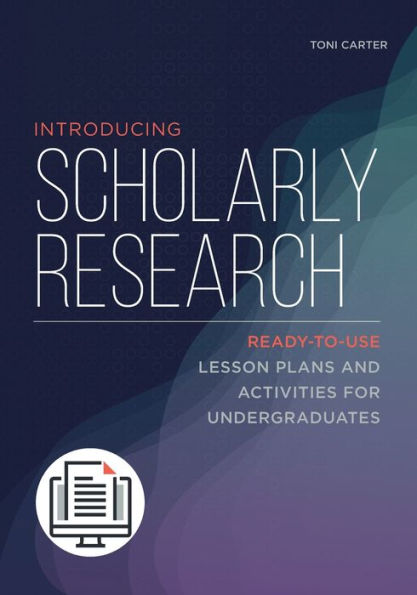
Introducing Scholarly Research: Ready-to-Use Lesson Plans and Activities for Undergraduates in Bloomington, MN
Current price: $59.99
Loading Inventory...
Size: OS
The world of scholarly research is uncharted territory for undergrads, but with the right approach you can quickly get them up to speed. With 33 time-saving lesson plans, Carter’s invaluable resource will assist you in moving your instruction beyond basic skills to include how to use a library database and the reasons scholars use them to explaining why peer review is important. Inside, you’ll find
modular lessons designed for 50-minute timeslots that include individual and group activities with 25 worksheets, quick in-session assessment, conversation starters, and learning outcomes;
a variety of mix-and-match tools and activities that can be easily adapted for one-shots;
concepts that are grounded in the ACRL Framework;
topics that include the infrastructure that supports the scholarly research process;
warm-ups using the lingo of favorite hobbies to launch a discussion of scholarship terminology;
an exercise that brainstorms the factors leading to authority, then asks students to apply them to a well-known campus professor;
an activity using visualization to examine the characteristics of a scholar to check biases and explore diversity;
factors to consider when choosing a scholarly journal for publishing research;
QUAN and QUAL worksheets to teach the two type of research; and
discussion on the categories, disciplines, and crossovers within liberal arts.
modular lessons designed for 50-minute timeslots that include individual and group activities with 25 worksheets, quick in-session assessment, conversation starters, and learning outcomes;
a variety of mix-and-match tools and activities that can be easily adapted for one-shots;
concepts that are grounded in the ACRL Framework;
topics that include the infrastructure that supports the scholarly research process;
warm-ups using the lingo of favorite hobbies to launch a discussion of scholarship terminology;
an exercise that brainstorms the factors leading to authority, then asks students to apply them to a well-known campus professor;
an activity using visualization to examine the characteristics of a scholar to check biases and explore diversity;
factors to consider when choosing a scholarly journal for publishing research;
QUAN and QUAL worksheets to teach the two type of research; and
discussion on the categories, disciplines, and crossovers within liberal arts.
The world of scholarly research is uncharted territory for undergrads, but with the right approach you can quickly get them up to speed. With 33 time-saving lesson plans, Carter’s invaluable resource will assist you in moving your instruction beyond basic skills to include how to use a library database and the reasons scholars use them to explaining why peer review is important. Inside, you’ll find
modular lessons designed for 50-minute timeslots that include individual and group activities with 25 worksheets, quick in-session assessment, conversation starters, and learning outcomes;
a variety of mix-and-match tools and activities that can be easily adapted for one-shots;
concepts that are grounded in the ACRL Framework;
topics that include the infrastructure that supports the scholarly research process;
warm-ups using the lingo of favorite hobbies to launch a discussion of scholarship terminology;
an exercise that brainstorms the factors leading to authority, then asks students to apply them to a well-known campus professor;
an activity using visualization to examine the characteristics of a scholar to check biases and explore diversity;
factors to consider when choosing a scholarly journal for publishing research;
QUAN and QUAL worksheets to teach the two type of research; and
discussion on the categories, disciplines, and crossovers within liberal arts.
modular lessons designed for 50-minute timeslots that include individual and group activities with 25 worksheets, quick in-session assessment, conversation starters, and learning outcomes;
a variety of mix-and-match tools and activities that can be easily adapted for one-shots;
concepts that are grounded in the ACRL Framework;
topics that include the infrastructure that supports the scholarly research process;
warm-ups using the lingo of favorite hobbies to launch a discussion of scholarship terminology;
an exercise that brainstorms the factors leading to authority, then asks students to apply them to a well-known campus professor;
an activity using visualization to examine the characteristics of a scholar to check biases and explore diversity;
factors to consider when choosing a scholarly journal for publishing research;
QUAN and QUAL worksheets to teach the two type of research; and
discussion on the categories, disciplines, and crossovers within liberal arts.
